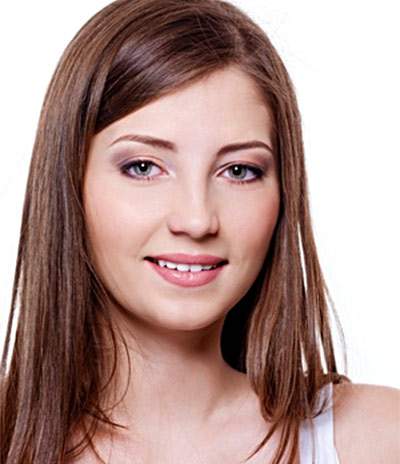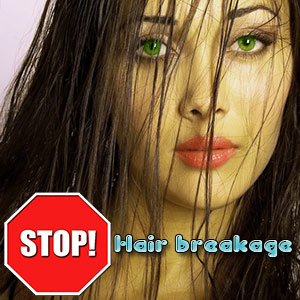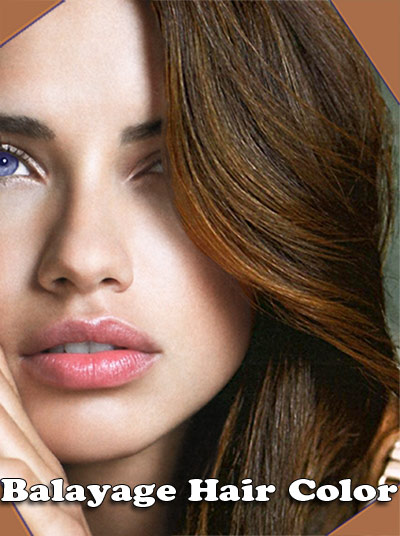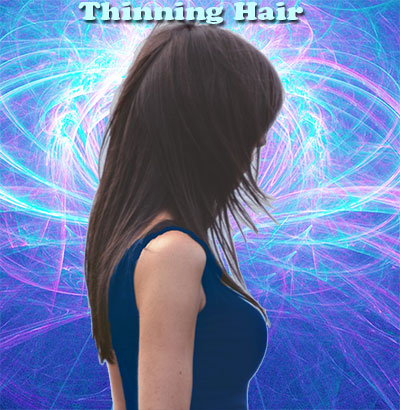Hair Highlighting

Hair highlighting allows you to mimic the effects of the sun with hair colors. You can accentuate or emphasize the haircut by creating contrast and dimension with hair highlights. Different hair colors add or subtract from your original hair color and offer it a range of hues and shades.
A professional hair stylist can suggest the hair color that can flatter your hairstyle as well as your skin tone and natural hair color. You can also find out the hair coloring or streaking method that will do wonders for you. You can experiment with hair colors to give you the look you desire - cool and sophisticated, casual and trendy or wild and wicked!
Hair highlighting
Hair highlights are spot colors applied to selected strands of the hair. Highlighting of the hair involves lightening the hair shade by at least 2 shades. You can give your hair the sun kissed look and even frame your face with the right amount of hair highlighting. When done well, hair highlighting can add depth and volume to your hair. Lowlights are not yet very popular with most women.
This involves darkening some strands of hair to achieve a different look. While a hair highlight lightens and brightens the hair, a lowlight darkens and deepens it. Hair colors for highlighting must be carefully chosen. Opt for blonde, gold and chamomile tones. The reds, plums and aubergines work best for lowlights.
The process of applying hair highlights involves wrapping strands of hair with aluminum foil after applying bleach. Yet another method is to use a plastic skull cap with holes all over. Hair is pulled through these holes and then bleached. With this method, you can ensure that sensitive skin is not exposed to chemicals.
Hair color
Colored pigment of the hair shafts reflect the light and consequently you can add or subtract from your original hair color. Hair coloring involves chemical reactions. Hydrogen peroxide is the developer or the oxidizing agent that aids the color forming process. This developer removes the sulfur from the hair. Ideally, the developer should not exceed 30% volume. Ammonia is alkaline and works as the lightening catalyst when the hair color comes together with the hydrogen peroxide.
Ammonia separates the hair cuticle and allows the hair color to penetrate the cortex of the hair. The alkaline color penetrates the hair shaft and hydrogen peroxide causes the color molecules to bond. Semi permanent hair colors add only a minimum amount of color molecules to the shaft of the hair. These hair colors do not alter the hair's natural pigments. The color molecules of semi-permanent hair colors are small and do not penetrate the hair shaft sufficiently. As a result, these hair colors get washed away after several shampoos.
Permanent hair colors work on a double action process - they lighten your hair's natural pigment to form a new base and then add the new color. The color molecules expand within the cortex to a size that cannot be washed off. Hair colors are graded according to the degree of lightness or darkness, 10 being the lightest and 1 being the darkest. The color wheel for hair colors can offer you anything from golden brown to coppery shades and chestnut and mahogany or even café au lait.
Hair Streaking
Hair streaking is similar to frosting and highlighting. Each can be used to best effect on different hairstyles. While frosting involves bleaching of individual hair strands, tipping is all about bleaching only the end of the hair. Frosting the hair involves giving an overall salt and pepper look to the hair. Hair streaking is more pronounced when compared with hair highlighting. The effects of hair streaking are striking, since there are bands of color. In the highlighting process, the blend between colors is subtler
Natural hair coloring
Women have been using natural hair colorants for thousands of years. These natural coloring products were extracted from plants and minerals. Henna and black walnut shells are natural agents containing pigments that lend themselves to coating the hair shaft with color.
Though natural hair coloring agents are relatively safer and non-toxic, some people develop allergies to them.
The henna shrub is widely found in West Asia and North Africa. The henna leaves are dried and powdered fine and then used as a natural base for hair coloring. Other than imparting its characteristic brownish red color, henna works as a good hair conditioner and adds body and texture to the hair.
Henna coats the hair shaft with a semi-permanent protein known as hennatannic acid. Henna does not create any dramatic color changes but instead coats and seals the hair shaft. It merely darkens your natural hair color. Color derived from henna is transparent and hence cannot lighten dark hair but instead add highlights to dark hair.
Top of the Page: Hair Highlighting
Tags:#hair streaking #hair color #hair colors #hair coloring #hair highlights #hair highlighting #natural hair colors
 Hair Loss
Hair Loss Thinning Hair Remedies
Stop Hair Breakage
Damaged Hair Care
Scalp Psoriasis
Hair Loss Treatment and Hair Restoration
Female Hair Loss
Menopause and hair loss
Pattern Baldness in Women
Hair Weaving
Hair Frizz
Ingrown Hair
Hair Care in Winter
Hair Masque
Hair Detanglers
Hair Color
 Covering Grays
Covering Grays Balayage Hair Color
Blonde Hair Long
Red Hair Color
Brunette Hair Color
Hair Highlighting
Eclipting Hair Color
Different HairStyles
 Easy Hair Style
Easy Hair Style Virtual Hairstyle
Punk Hairstyle
Celebrity Hairstyle
Asian Hairstyle
Interactive Hair Style Gallery
Messy Side Braiding
Braid Hair Style
Updo Hair Style
Kid Hair Style
Bob Hairstyle
Hair Perm
Hairstyles for Long Hair
Curly Hair Style
Medium Length Hairstyles
Hair style Tips
 Hair Parting Tips
Hair Parting Tips Hairstyles to look Younger
Washing Hair
Faster Hair Growth
Hair Makeover
Curling Iron
Hair Accessory
Laser Hair Brush
Hair Gel
Hair Transplant
Hair Extension
Hair Mousse and Hairspray
Blow Drying
Hair Dryer
Cysteine Hair Treatment
Hair Straightening
Laser Hair Removal
Human Hair Wig
Dandruff Shampoo
Top of the Page: Hair Highlighting
Popularity Index: 101,529

